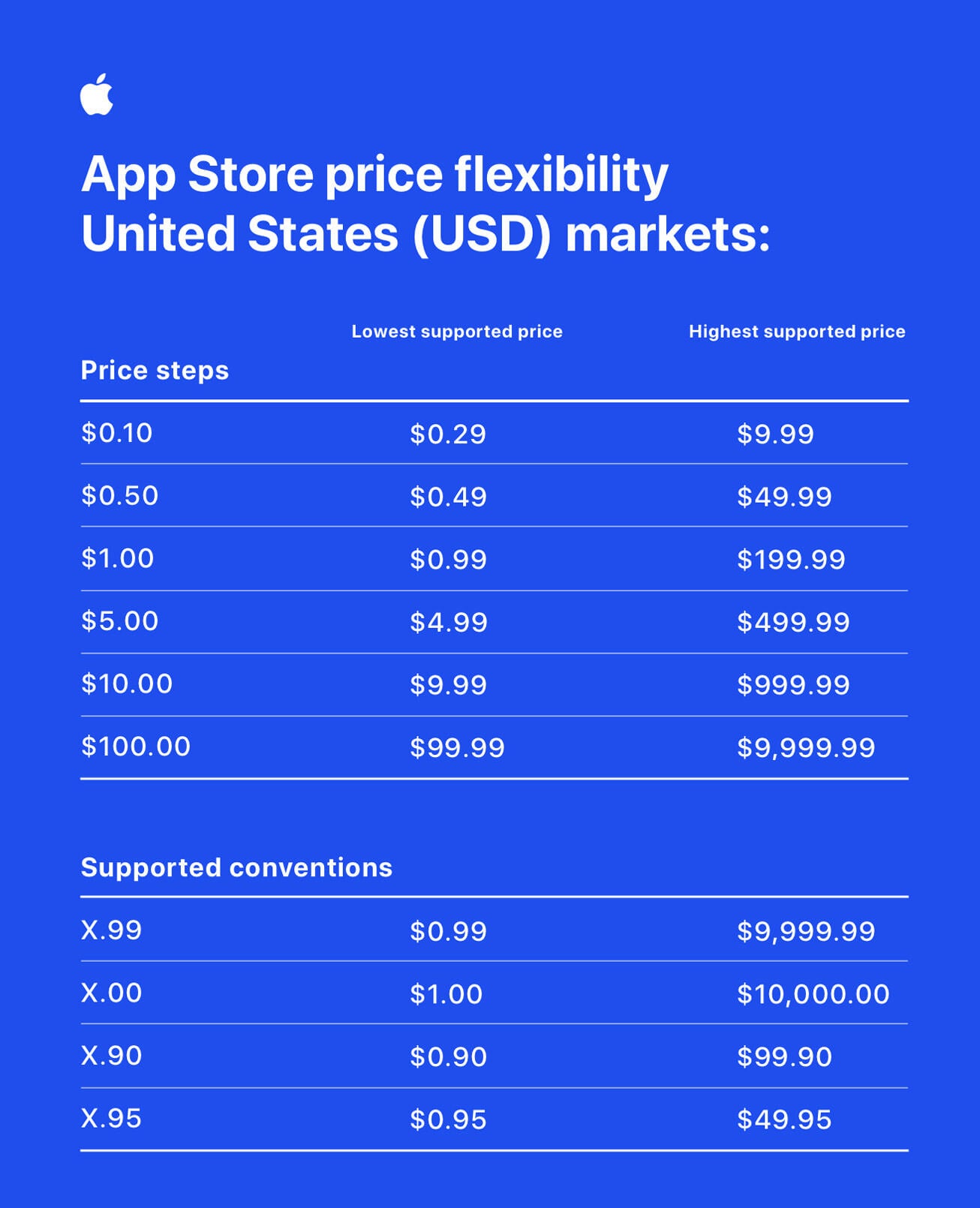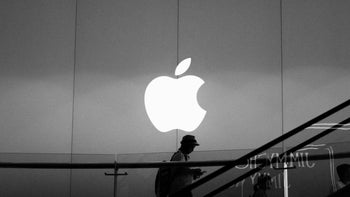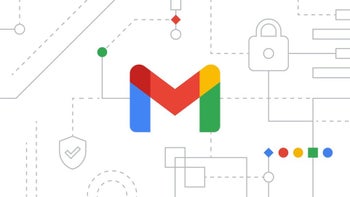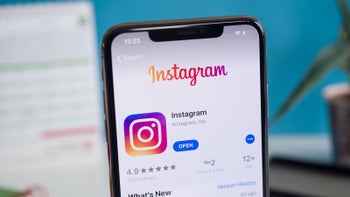Apple makes big changes to App Store pricing and adds 700 new price points

Apple has upset the apple cart, so to speak, with the largest number of changes ever made at a single time to App Store prices. Developers now have 700 additional price points to work with and Apple is giving them new tools making it easier to set prices in a different country and even manage the tricky world of foreign exchange. The new pricing changes will be available for apps offering auto-renewable subscriptions starting today. It will be available starting in the spring of 2023 for all other apps and in-app purchases.
With the new pricing system, the number of price points available to developers will increase by a factor of 10 to 900. This includes 600 new price points and another 100 higher price points available to use upon request. Prices will start as low as 29 cents and can go up to $10,000 on request. Apple will offer pricing in incremental amounts of 10 cents up to $9.99, 50 cents from $10 to $49.99, $1.00 from $50 to $199.99, $5 from $200 to $499.99, $10 from $500 to $999.99, and $100 from $1,000 to $9,999.99.
Prices no longer have to end in .99 and depending on an app's price, you will see app prices ending in .00, .90, and .95. Apple says that this is "particularly useful for managing bundles and annual plans."

Apple announced new pricing flexibility for the App Store
Apple has 175 different App Store storefronts and starting today, developers listing subscription apps can manage foreign exchange fluctuation and local tax rates by choosing one of the storefronts (presumably one they know the best) as the basis for automatic prices changes across the other 174 storefronts and 44 different currencies. Again, only available for subscription apps right now, by spring 2023 developers will be able to price by storefront for any app.
For example, a developer can have his local currency stay the same in any storefront of his choice even in the face of foreign exchange price changes and tax changes. As Apple says, "a Japanese game developer who gets most of his business from Japanese customers can set a price for the Japan storefront, and have his prices outside of the country update as foreign exchange and tax rates change. All developers will also be able to define availability of in-app purchases by storefront."
The bottom line is that these pricing changes give developers some flexibility, a word not usually found in the Apple playbook (and especially when discussing the App Store). The company says that it is looking to help developers "thrive" on the App Store.










Things that are NOT allowed: